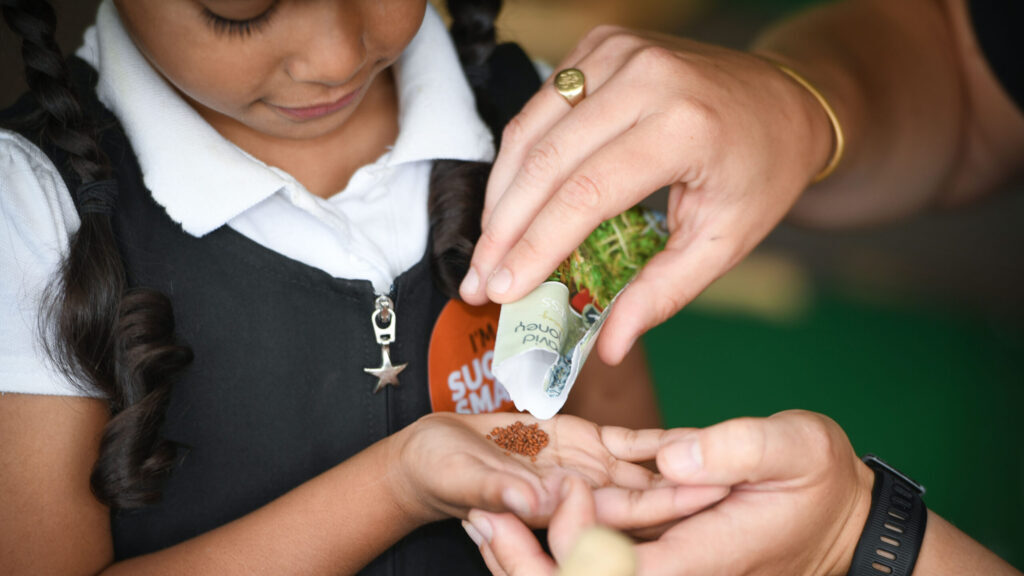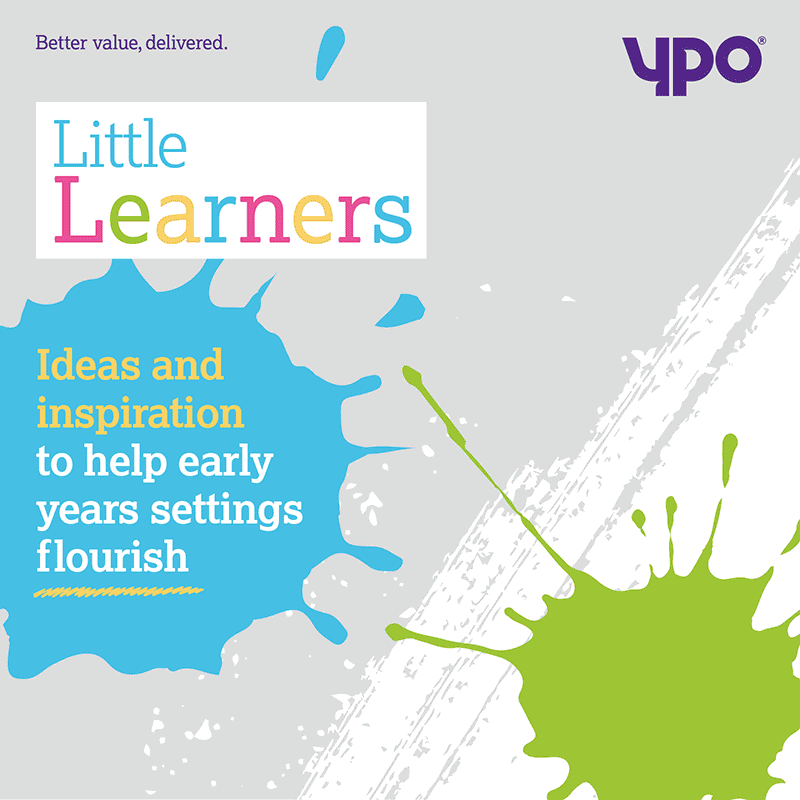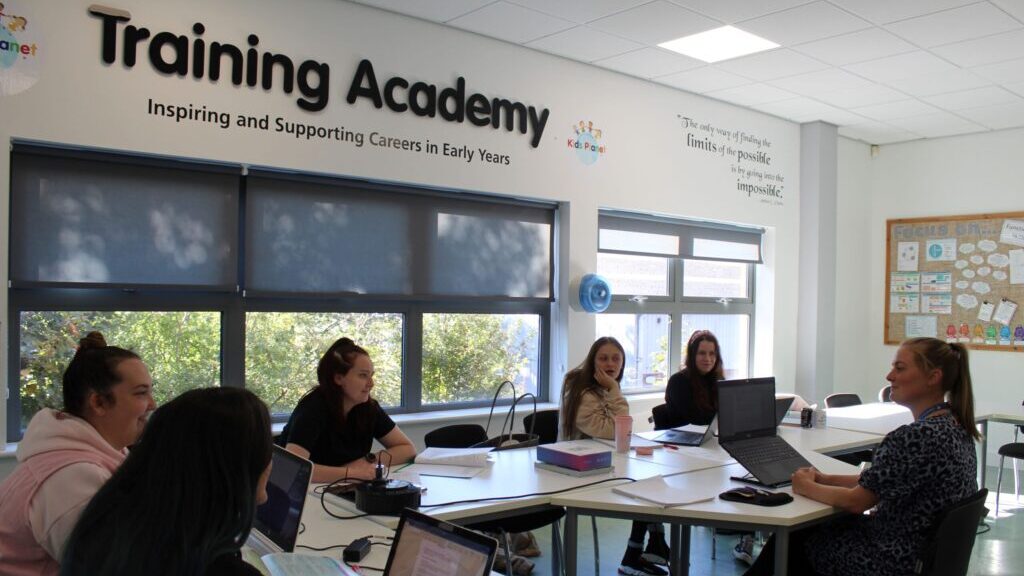The Little Angels Childcare Group has opened a nursery in a former children’s centre in Oxfordshire. Southmoor Little Angels, which…
Food for thought
Ultra-processed food has been in the headlines for a while, but a flurry of contradictory reports makes it difficult to know what to avoid. Charlotte Goddard helps nursery managers get up to speed

Although we seem to be surrounded by information about ultra-processed foods (UPFs), it’s difficult to understand what they are exactly, and how much of an impact they have on young children. There’s no agreed definition on what makes something ultra-processed, and there is debate over whether all ultra-processed foods are harmful.
The Soil Association, which published a report in December looking at tackling children’s ultra-processed diets, says UPFs are made using industrial processes and additives that wouldn’t be found in a household kitchen. Basically, if there’s anything on the ingredients list that you don’t have in your store cupboard, it’s probably UPF. This means that many products that we might not think of as ultra-processed can be defined as UPF, such as store-bought pasta sauce, fruit-flavoured yoghurt, low-fat margarine and even baby food.
Is UPF harmful?
In the UK, UPFs make up 67% of the energy intake of children under the age of 14. High UPF consumption by children has been linked to poor health outcomes, including increased body weight and tooth decay. Early exposure to UPFs shapes children’s longterm food preferences, increasing the risk of developing obesity, type 2 diabetes, dementia, heart disease and cancer later in life.
“UPFs have grown to dominate people’s diets, blindfolding children to the diverse flavours, colours, and textures of whole foods,” says Oona Buttafoco, senior policy officer at the Soil Association, which runs the Food for Life scheme which encourages schools and nurseries to serve healthy, sustainable food. “This not only puts children’s immediate health at risk, but also promotes a detrimental relationship with food that can persist into adulthood.”
However, recent research suggests that not all ultra-processed food is bad for you, and that some are worse than others. While some nutritionists suggest avoiding all UPFs as far as possible, the study suggests that bread and cereals actively reduce the risk of developing cancer, heart disease and diabetes, despite being ultra-processed.
“We try to focus on reducing the prevalence of UPF in the diet overall, by increasing the prevalence of freshly prepared food, rather than avoiding individual products,” explains Buttafoco.
What is the role of nurseries?
Nurseries and other early years settings can play a pivotal role in supporting children to develop a healthy and beneficial relationship with food. “We know those first thousand days in a child’s life, for example, are crucial for the development of their taste preferences and for their growth, wellbeing and health later on,” says Buttafoco. “There is a value in bringing really good food to kids at that age, and also providing education about food, because it really sets them up for better health outcomes later.”
The Food for Life scheme supports nurseries to increase the proportion of freshly prepared food they serve, which means that UPFs are reduced. ““If you are a Food for Life awarded nursery it means you can demonstrate that 75% of the food you serve is freshly prepared,” says Buttafoco. “There are also criteria about avoiding additives and trans fatty acids.” Food for Life has a number of free videos on its website which can support settings looking to reduce UPFs.

What can nurseries do?
There are some simple swaps that can be made in a menu, such as replacing flavoured yogurts which have added sugar or sweeteners with plain yogurt, adding chopped fresh, frozen or dried fruit for sweetness (or see the recipe box for a lassi recipe). Educating children about healthy food from an early age is also important. “We know children can have quite strong taste preferences which are not always in favour of fresh fruit and veg,” says Buttafoco.
Charity TastEd offers free training and resources to early years settings in the UK, with activities that have been developed in collaboration with EYFS practitioners to ensure they are engaging for children and simple to deliver. “I have heard some amazing stories from TastEd sessions in nurseries, with children who were initially very reluctant presented with fresh fruit and vegetables, and the difference between their attitude at the start and end of the session,” says Buttafoco. “Nursery staff will report it is not just a one-off impact.”
Getting children involved with growing food also helps. “There is food children wouldn’t necessarily eat if it was bought from a shop, but they get really invested when they have grown it,” says Buttafoco. “They see huge value in trying to incorporate it in as many recipes as possible, they will say it tastes better – there is a different relationship to food when it is grown on site.”
How can settings support parents?
In some settings managers may be dealing with parents who are well-informed about nutrition, and keen to find out what the nursery is doing to avoid serving UPFs. However, many parents, especially those who are cash-poor or time-poor, turn to UPFs because they are convenient, quick and cheap, or because they know their children will eat them and they don’t have time to persuade them to try other things. While settings may be keen to share healthy eating tips with their families, parents may feel attacked and defensive, or worry that their child won’t eat what’s on offer at nursery.
“It is tricky because those foods are designed to be hyper-palatable – some say addictive – and they are really practical, they are often more affordable than other options,” says Buttafoco. “We are very conscious of those challenges. There is a lot of involvement of parents in Food for Life, so nurseries will do cooking activities with parents, and share recipes that are practical, affordable and use seasonable fruit and veg as much as possible, to shift away from those processed foods. Those products might still be in there, but it is just shifting the balance as far away as possible.”
Is avoiding UPFs expensive for nurseries?
Managers are often concerned that freshly produced meals will break the budget. “That is often an initial hurdle, but we are able to support nurseries to make changes to their menu while staying within budget,” says Buttafoco. “If they can’t replicate something they would have had from a processed source as a freshly prepared meal, we help them transition to something else. It’s helpful that the recipes we are able to help them develop or recommend are tried and tested, we know go down really well with kids. Local sourcing is a big part of the Food for Life ethos, and if settings can switch to a local supplier that can help with the cost.”
Further reading
Ultra-processed foods (UPF) in the diets of infants and young children in the UK First Steps Nutrition
EYFS food activities TastEd
What are ultra-processed foods? The Soil Association
Latest Managers
Nursery group Kids Planet has been appointed lead partner for the second time by a government-funded programme researching the role…
The childcare and education sector suffered the second highest number of data breaches in 2023, uncovering persistent compliance issues across…




